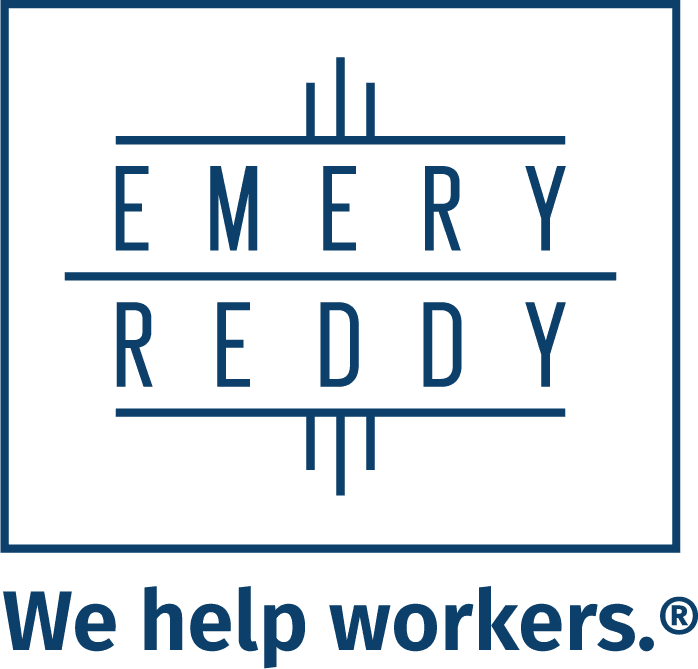Workplace wellness programs that provide tempting incentives to employees who volunteer for optional health screenings, commit to exercise regimens, or improve their cholesterol levels have been contentious for some time now.
But starting in January 2019, they may become even more controversial. That’s when a federal judge’s ruling to overturn existing regulations goes into effect. The decision casts doubt on the appropriate upper limit for these kinds of financial incentives—specifically when a company can offer them to workers for participation in programs that include clinical testing or disclosure of private health details.
According to the Americans with Disabilities Act, an employer is prohibited from forcing anyone to disclose this kind of personal information—all disclosures must be voluntary. The main question is how “voluntary” a disclosure really is when a substantial financial incentive is attached.
Because of the court decision, legal experts say, workers could find employers starting to offer fewer incentives for these programs.
In addition, the programs could increase the options for a worker to qualify for incentives—a choice, for example, between undergoing a medical exam or completing online health training.
Nearly 4 in 10 employers said they are unsure how the judge’s ruling will play out in their workplace wellness plans. “Some are modifying. Others are taking a wait-and-see-attitude,” says Steven Noeldner, Mercer’s senior consultant in total health management specialty practice.
Eighty-five percent of large employers that provide health insurance included a wellness program intended to support people in quitting smoking, losing weight, or taking other beneficial actions for their health, according to 2017 data from the Kaiser Family Foundation. And more than 50% included medical screening as a criterion.
Rewards or incentives to take part in such differ greatly, but the most common include gift cards, fitness trackers, or other merchandise—and most popular of all—some significant discounts on the amount workers for health insurance coverage.
Cleveland Clinic’s incentive package is a handy example, with differing goals for workers who have chronic diseases like diabetes versus those who don’t. Full participation can require weight loss, keeping blood sugar levels down, or hitting a gym at least 10 times a month. Meeting those targets can save workers 30% on insurance premiums—a potential savings of $1,443 a year.
“Part of what makes the plan work is the fact we can offer that benefit discount,” the program manager explained.
Thirty percent is the maximum an employer can offer, according to rules put out in 2016 by the Equal Employment Opportunity Commission.
Shortly after the EEOC’s guidance was made available, AARP challenged it in court, arguing that workers who preferred to keep medical information private might feel pressured to do so because declining to participate would cost them substantial amounts of money—anywhere from hundreds to thousands of dollars.
In a nutshell, the argument made by AARP and other critics is that when incentives become large enough, employees may no longer feel that sharing their medical data is voluntary—because how can they afford not to participate?
“You and I can look at the same incentive and you will find it’s truly voluntary and I would say, given my financial circumstances, I feel I’m being compelled,” says Tom Luetkemeyer, an attorney specializing in employment law at Hinshaw & Culbertson in Chicago.
In his preliminary ruling in 2017, D.C. Judge John Bates wrote that the EEOC didn’t provide justification for the 30% limit, and therefore ordered that this limit be discarded effective Jan. 1, 2019. This means that Employers who are planning next year’s health benefit programs no longer have specific rules to follow.
Few expect companies to quit offering wellness programs altogether—because the majority expect programs to reduce health costs by improving worker well-being. But critics say research shows little evidence that wellness programs actually translate into these goals.
The ruling has no immediate bearing on some wellness program efforts, including financial incentives for going to the gym or walking a given number of steps each day.
Significant financial incentives offered for smoking cessation are also not covered under the judge’s ruling—provided there is no medical test required to check for tobacco use.
However “you can’t fine [employees] for not getting their weight down, because then you have to measure their weight and that becomes clinical,” says Al Lewis, who runs Quizzify, an employee health literacy company.
Some employers say they will stick with their existing programs even if they hit the 30 percent level—because the EEOC is unlikely to challenge companies that stick with the rescinded percentage while they await the new rules.
“People may be overreacting to this by saying, ‘With these rules null and void, we are out in the Wild West,’” says Todd Hlasney, senior vice president and director of health risk solutions at Lockton Companies, a benefits consultancy.
“We are advising clients to be more conservative,” he says. “But don’t panic and say [you] can’t do anything because of EEOC.”





